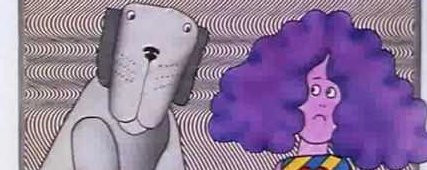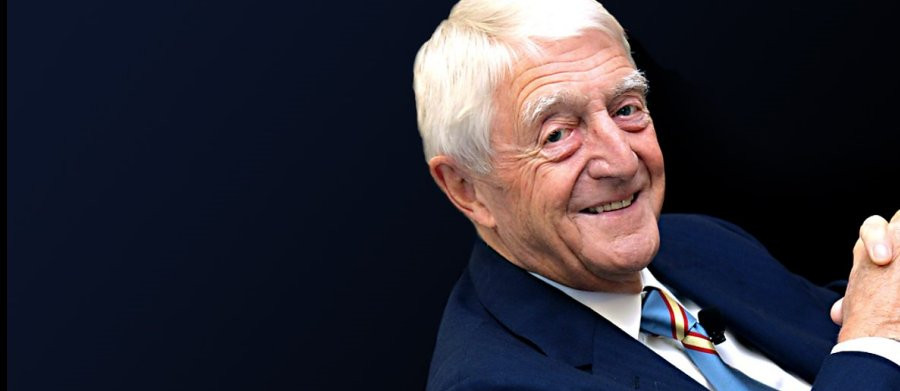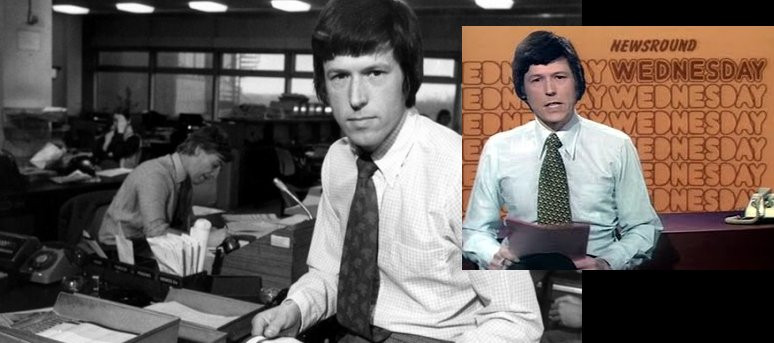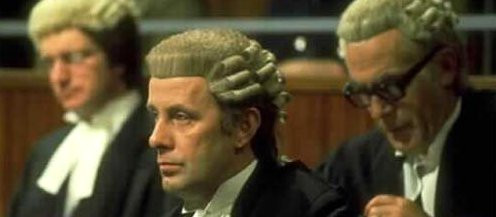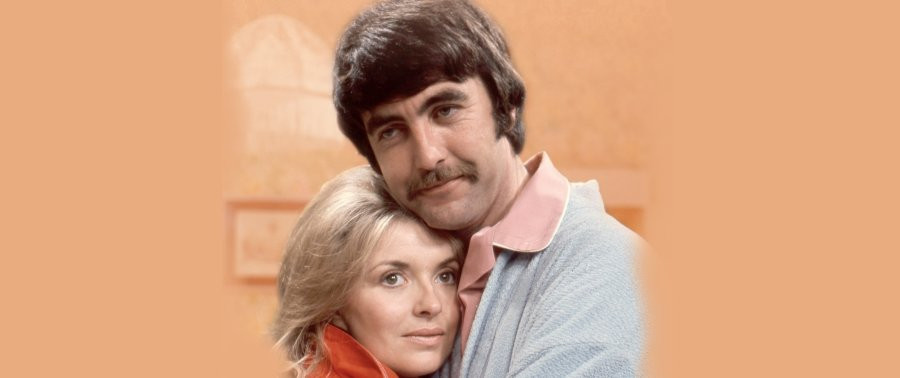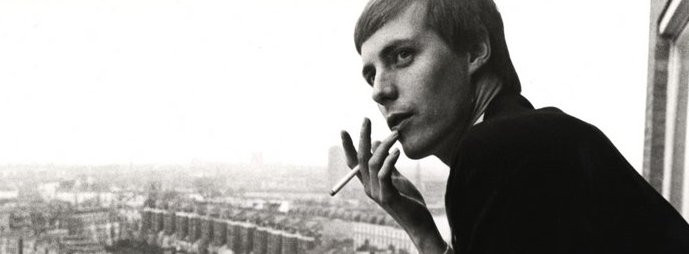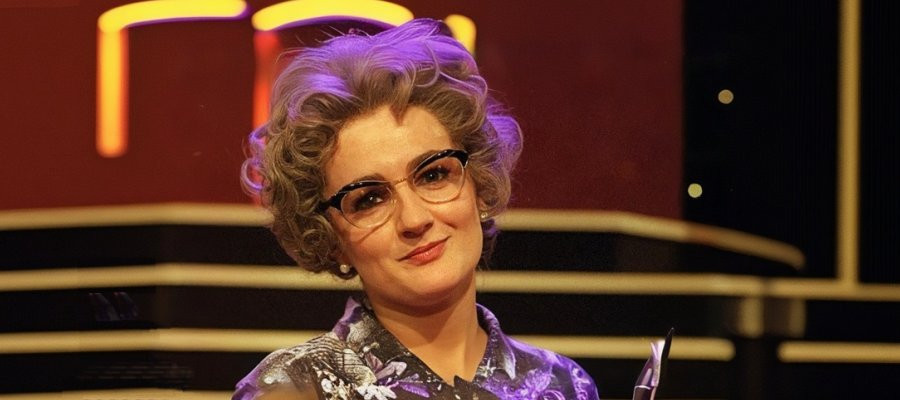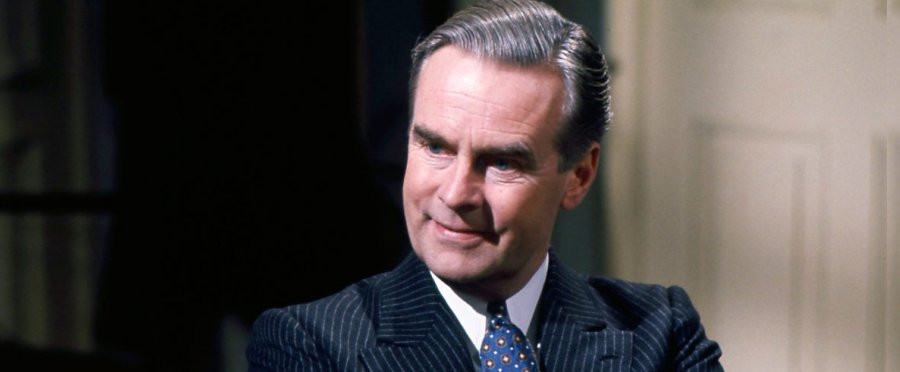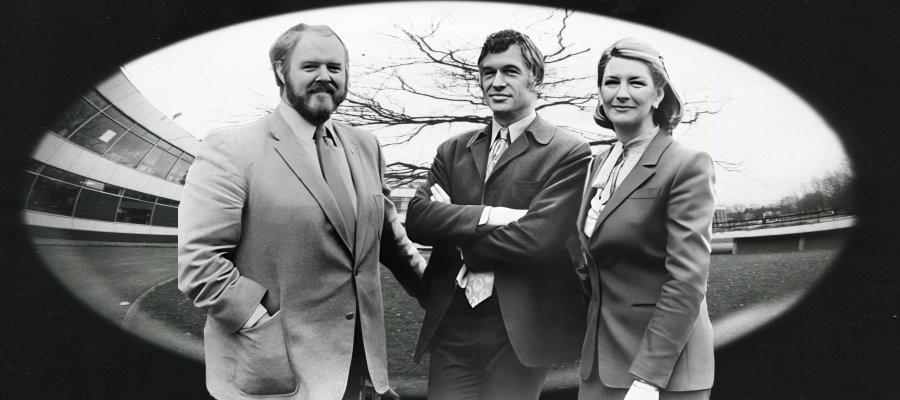
Pebble Mill at One
1972 - United KingdomPebble Mill at One occupies a cherished, if often understated, place in the national memory. Broadcast live on BBC1 from 1972 to 1986, and again from 1991 to 1996, it was a programme that quietly shaped the landscape of daytime television. What began as a pragmatic response to ITV’s expansion became, over time, a warm and familiar presence in homes across the country — a programme remembered with fondness by housewives, students, shift workers, and anyone convalescing with a cuppa at 1pm.
The very existence of Pebble Mill at One was the result of a pivotal moment in British television history. Prior to 1972, the government strictly limited broadcasting hours, with the BBC and ITV restricted to 50 hours of programming per week — excluding education, sport, state occasions and the like. That changed dramatically under Edward Heath’s Conservative government, which lifted these constraints entirely. Seizing the opportunity to claim ground in the newly available daytime schedule, the BBC launched a slate of new offerings — the centrepiece of which was a live lunchtime magazine programme.
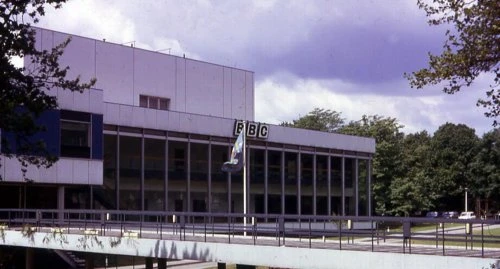
Pebble Mill at One was produced at the BBC's Pebble Mill studios in Birmingham — a hub of regional production — and, in an unusual twist, it was broadcast not from a studio, but from the building’s main foyer. This was not a stylistic choice so much as a logistical necessity: a third studio had been planned for the site but never built, and existing ones were tied up with dramas and news. Thus, out of happenstance, a distinctive and charming feature was born — the bustle of guests arriving in the background became part of the show’s unvarnished, welcoming feel.
This sense of spontaneity and accessibility came to define Pebble Mill at One. Its magazine format was varied and eclectic, blending interviews, features, fashion, cookery, music and the occasional stunt, all sewn together with affable ease by its rotating team of presenters. Marian Foster (who hosted over 1,400 editions), Donny MacLeod (over 1300) and Bob Langley (over 1200) became household names, offering steady hands and warm personalities. Judi Spiers, Jan Leeming, Fern Britton, and Gloria Hunniford were also key figures in the programme's evolving identity.
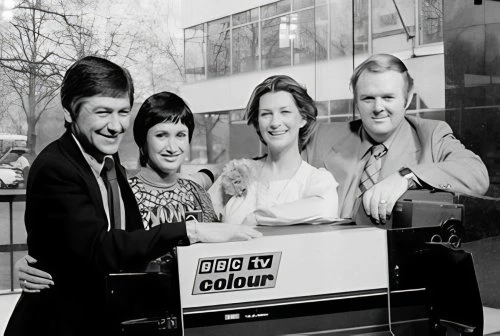
In an age of limited daytime choice, Pebble Mill at One stood out. ITV countered with its own lunchtime news bulletin just two weeks after Pebble Mill launched, but the BBC programme held its ground, winning a loyal audience. For many, it provided a connection to the wider world — informative yet light-hearted, always approachable. Its live nature meant that mishaps were inevitable — and often endearing. A frequently remembered moment came in 1986, when pop singer Owen Paul, due to a technical fault, failed to mime in sync with the music, leaving him blankly staring into the camera while the song played. It was classic Pebble Mill — imperfect, but undeniably human.
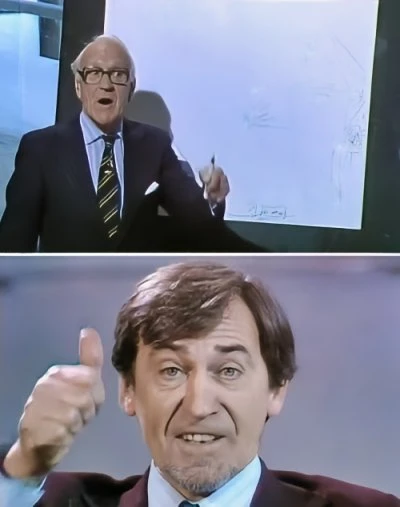
The show’s popularity extended beyond its original format. Spin-offs such as Saturday Night at the Mill (1976–78), with Kenny Ball and His Jazzmen as the house band, brought the Pebble Mill ethos to a later time slot. Even when the flagship programme was off-air during the summer, the spirit lived on in the Six Fifty-Five Special. Most significantly, The Clothes Show, launched in 1986 from a Pebble Mill fashion segment, went on to become a BBC staple in its own right.
Despite its success, the BBC decided in 1986 to replace Pebble Mill at One with a new One O’Clock News as part of a wider daytime overhaul. The decision was met with fierce protest — over 30,000 viewers wrote in to complain — but the tide of change was inexorable. Though the format returned in various forms (Daytime Live, Scene Today, and later simply Pebble Mill), none captured the original's unique lunchtime slot or its live-from-the-foyer charm.
Culturally, Pebble Mill at One helped redefine what British daytime television could be. Before its debut, the notion of live, engaging, general-interest programming at lunchtime was almost unthinkable. It carved out space for informal, magazine-style broadcasting that influenced everything from This Morning to The One Show. It brought the BBC closer to its audience, not from London, but from the heart of the Midlands — warm, regional, and resolutely inclusive.
In many ways, Pebble Mill at One was greater than the sum of its parts. It was a snapshot of British life in all its variety: one minute a discussion with a politician, the next a live music performance or cookery demonstration. It wasn’t glossy or loud, but it was sincere. It offered something rare and valuable: the sense that television, even in the middle of the day, could be both entertaining and companionable.
For those who grew up with it, or stumbled upon it during a quiet lunch break, Pebble Mill at One was the comforting hum of British life. A modest show, perhaps — but one whose legacy remains woven into the very fabric of British broadcasting.
Seen this show? How do you rate it?
Seen this show? How do you rate it?
Published on July 23rd, 2025. Written by Laurence Marcus for Television Heaven.


